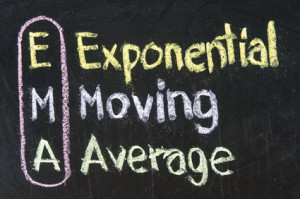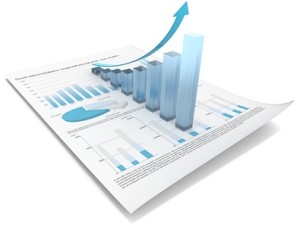Many of the traders interviewed in the Market Wizards books expressed concern that too many traders place too much emphasis on entry and exit signals. They suggest that topics like position sizing and risk management are far more important.
However, quantitative traders still have to decide on some criteria to properly define their entry and exit signals. With so many options out there, it can be more difficult than those Market Wizards books suggest to find and decide on a decent entry and exit strategy that has an edge.
Even after you find and develop your system, there is always room for improvement. For that reason, many forex traders are constantly looking for new ideas, edges, and expert advisors. Babypips.com published their Top 3 Featured Expert Advisors for November 2013 at the beginning of this month.

Babypips.com has profiled three different forex expert advisors that might be useful in creating profitable trading systems.
They went through the trouble of backtesting each of these EAs from October 2010 through October 2013. Here are the highlights:
The Linear Weighted Moving Average Strategy
This expert advisor was suggested to me by a kind forum user bobbillbrowne in the Expert Advisors and Automated Trading section.
In a nutshell, it makes use of the linear weighted moving averages (LWMA) on the short-term time frames such as 1-min, 5-min, and 15-min charts.
This strategy signaled a total of 23 trades over the course of the backtesting period. The average profit on a trade was 0.43%, the win rate was 56.52%, and the maximum drawdown was 13.45%.
The AUD/USD MACD Cross Strategy
My search for profitable EAs also led me to the MLQ4 Codebase via the MT4 trading platform.
I stumbled upon this MACD Cross system by author ilkyulee, who specified that this robot must be used on AUD/USD’s daily chart.
This strategy signaled a total of 46 trades over the course of the backtesting period. The average profit on a trade was 1.16%, the win rate was 26.09%, and the maximum drawdown was only 5.69%.
The MACD Sample EA Strategy
I also took a look at the sample systems included in MT4 and found an updated version of the MACD Sample EA.
The currency pair and time frame weren’t specified so I just decided to run the tests on my favorite pair and time frame, which is EUR/USD 1-hour.
This strategy signaled a total of 190 trades over the course of the backtesting period. The average profit on a trade was 0.59%, the win rate was 73.68%, and the maximum drawdown was only 0.39%. Not a bad start for an out-of-the-box sample strategy.
Proceed With Caution
The article then goes on to remind traders that automated trading can be dangerous:
Before you trust a robot with your life (or in this case, your hard-earned cash), make sure that it’s a good autobot and not a bad decepticon.
In other words, you gotta do your homework and additional research to figure out if the EA is consistently profitable or not.
The author also cautions that past performance does not guarantee future results. He also explains that just because an expert advisor does not initially have a great P&L does not mean that it will never be profitable. It may just need to be adjusted in a certain way to become profitable.


